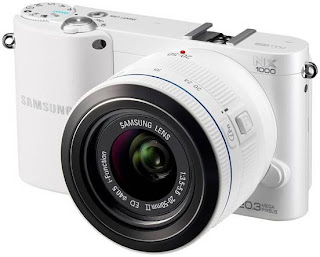Bluetooth Transfer
If one of your friends is asking you how to get ringtones, you can refer him or her to the website where you downloaded your own ringtones from. However, you can also simply transfer the sound file over to your friend. Most newer models of Android phones are Bluetooth-enabled. In order to share a sound file via a Bluetooth transfer, both cell phones need to have this technology. Further, the phones need to be close to each other. If these factors are met, you then simply select the ring tone file you want to send. Then you follow the sending procedures for your own phone. For most models, this simply means that you click on the “Send” button to transfer the file. An alternative to a Bluetooth transfer is an infrared transfer, which works in a similar fashion as a Bluetooth transfer.
Text Messaging
If a Bluetooth file transfer is not possible, there are other options available to you. You can consider sending your friend a text message with the ringtone file as an attachment. Both cell phones will need to have text messaging capabilities in order for this to work. Again, you will need to click on the sound file that is stored within your phone. Then, you select the option to attach it to a text message. Your friend will receive the file as an attachment to your text message.
Email Attachment
If either of the cell phones do not have the ability to send or receive text messages with an attachment, you can also consider emailing the ringtone file to the other cell phone. Both cell phones will need to have email capabilities in order for an email file transfer to work.
After the File is Transferred
Each of these options allows you to quickly and easily transfer your ringtones to another cell phone. Once the mp3 ringtone has been transferred, it will need to be saved in the phone. The cell phone user then should be able to enter the sound settings function and see the new ring tone as an option.
If a File Transfer Isn’t Possible
There may be instances when your cell phone is not compatible with another mobile phone, and a ringtone file transfer is not possible. If this is the case, you may consider referring your friend to a great ringtone website. When you want to know
how to get ringtones, Ringtones Canada is one of the best resources to use.
Ringtones.ca offers over 25,000 popular ring tones, sounds and more that you and your friends can download with ease.
















